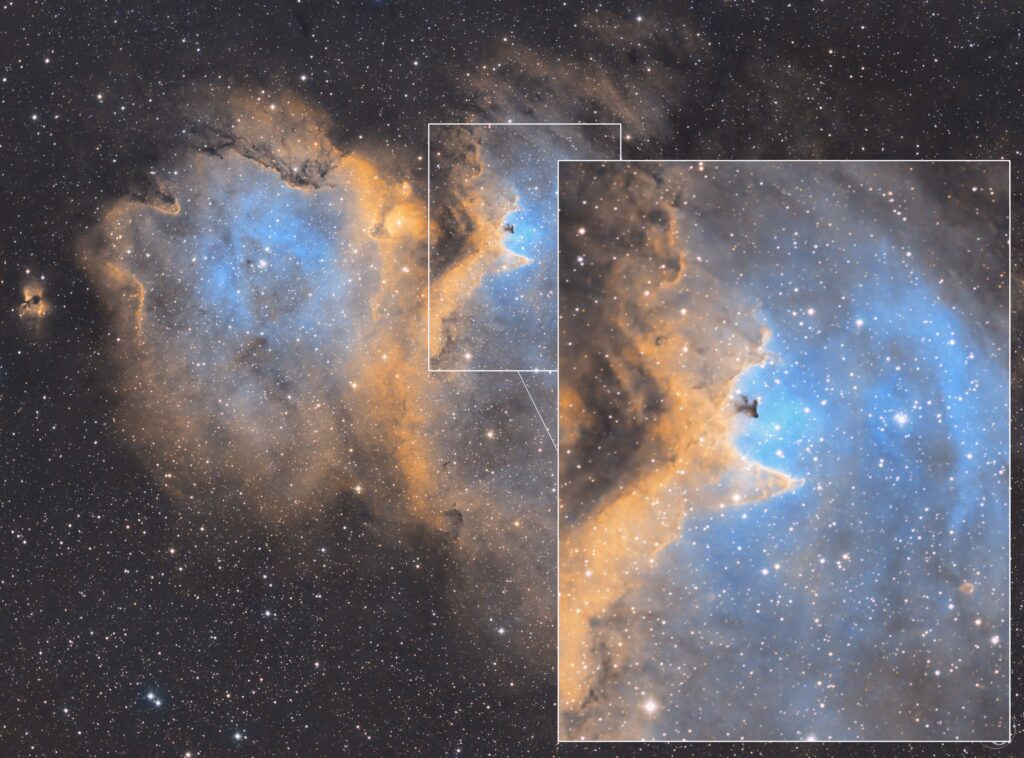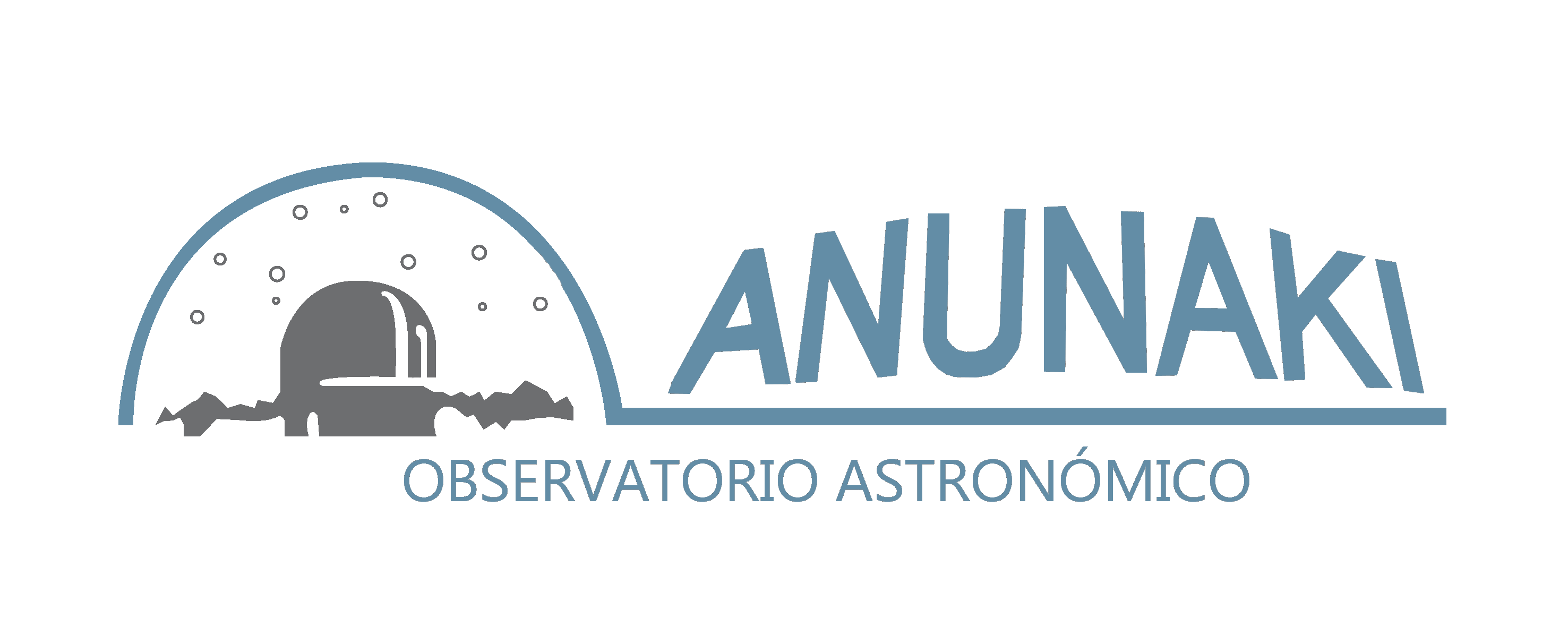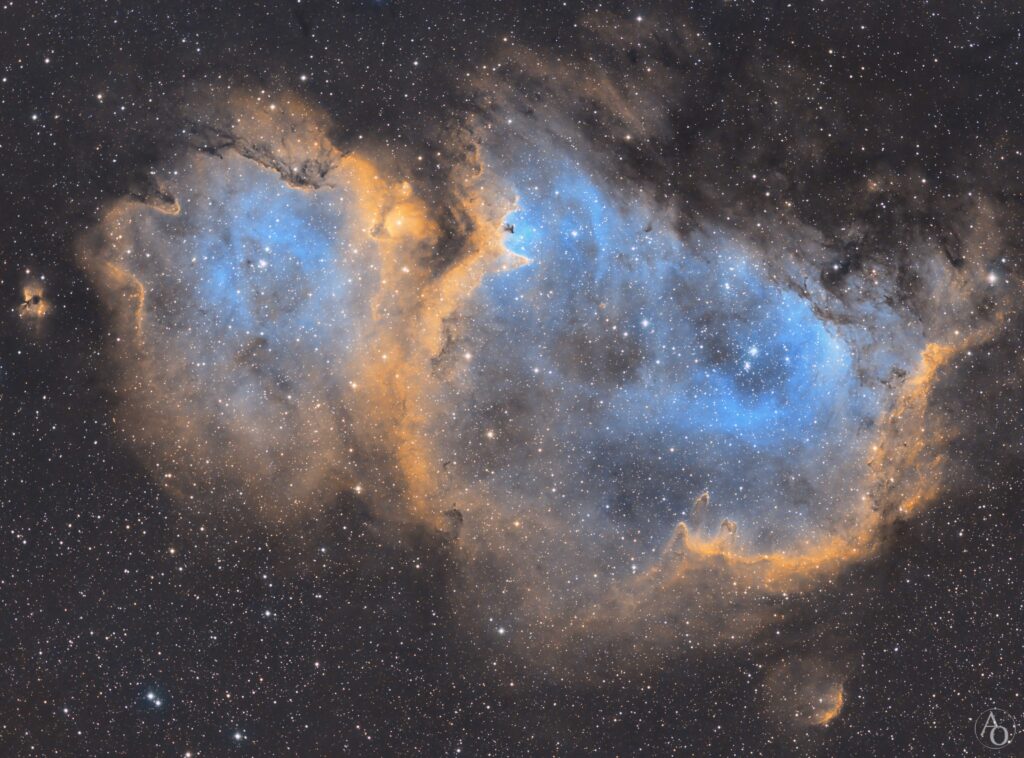IC 1848 is a nebula located in our Milky Way that is also known as the Soul Nebula. It houses an immense number of stars, as well as open clusters. It is located in the Cassiopeia constellation, next to another nebula that is called the “Heart Nebula“, so it is very common that when talking about one, reference is also made to the other, since it is thought that IC 1848 It is an independent part of this other nebula, given its proximity.
Image obtained from the Anunaki Observatory in Ha/S[II]/O[III] filters. In total there are approximately 9 hours of exposure, processed completely in PixInsight.
Technical data of the acquisition:
Baader H-alpha 6.5nm (CMOS-Optimized) 36 mm: 28×900,″(7h)
Baader O-III 6.5nm (CMOS-Optimized) 36 mm: 22×900,″(5h 30′)
Baader S-II 6.5nm (CMOS-Optimized) 36 mm: 28×900,″(7h)
Time integration:
19h 30′
The Soul Nebula (IC 1848) is classified as a stellar association of the OB type. This refers to the type of stars that are housed inside, which are type O and type B. O stars are those that have a very high temperature, which makes them very luminous, while type B stars are bright but this It is not related to their temperature, they also radiate blue light.
A radio source known as Westerhout 5 was discovered within this nebula.
W5 occupies a space almost equal to four full moons and is located 6,500 light years away in the Cassiopeia constellation. This source of energy is seen as a star formation, that is, from the radio burst that it propagates, it gives rise to the new stars that are within this nebula.

The numerous columns of gas and dust in this nebula are known areas of star formation. Taking images with different filters allows us to very well separate the elements that form it, the blue color being characteristic of Oxygen.

